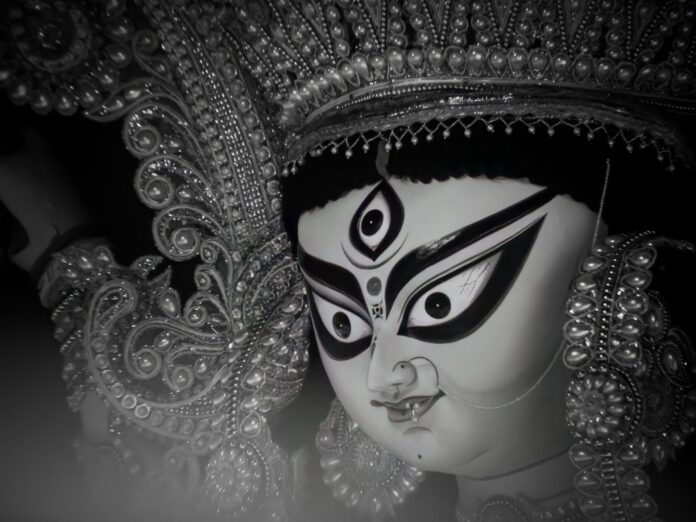October 11, 2024: Durga Puja, one of the most celebrated festivals in India, particularly in Bengal, culminates with the immersion of Durga idols in water on Vijayadashami. This grand ceremony, known as Visarjan, is not merely the end of the festival, but a deeply symbolic act that resonates with spiritual, environmental, and cultural meanings.
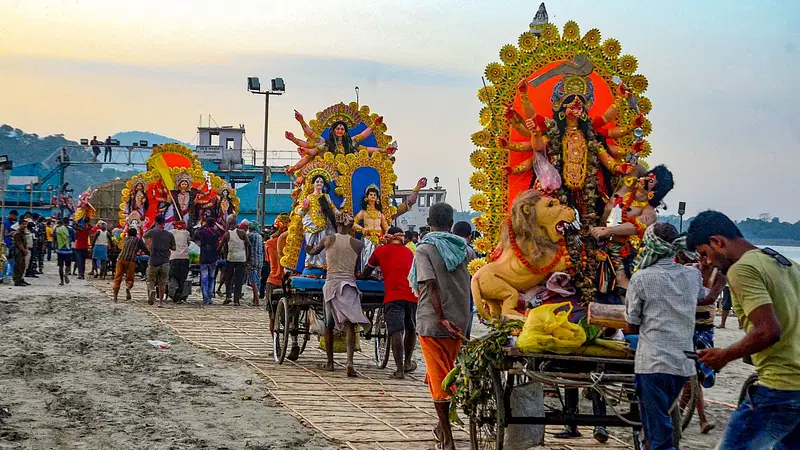
ALSO READ: The Story Behind Durga Puja: Why Is It Celebrated?
Mythological Significance:
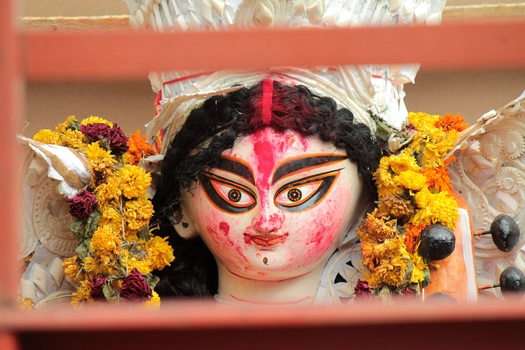
According to Hindu mythology, Goddess Durga, who descends from her celestial abode to Earth, resides with her devotees for nine days, representing her battle against the demon Mahishasura. On the tenth day, she returns to her husband, Lord Shiva, signifying the end of her earthly sojourn. The immersion of her idol into water symbolizes her departure, as she returns to her divine realm. The act of immersing the idol into a natural body of water also signifies the cyclical nature of life, death, and rebirth—echoing the principles of dissolution and renewal that are inherent in the universe.
Returning to the Five Elements:
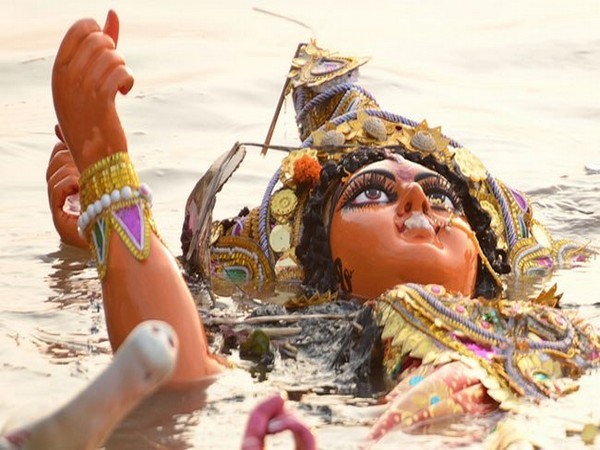
In Hinduism, it is believed that the human body is composed of the Pancha Mahabhutas—the five elements of nature: Earth, Water, Fire, Air, and Ether. The idol of Goddess Durga, crafted from clay, similarly represents these elements. The immersion ritual allows the idol to disintegrate in water, returning it to the Earth, thus completing the cosmic cycle of creation, preservation, and destruction.
This act also reaffirms the principle of impermanence, teaching that material forms are temporary, but the divine essence remains eternal. The symbolic dissolution of the idol into water emphasizes that the goddess is omnipresent, beyond physical form.
Environmental and Community Connection:
Traditionally, Durga idols are made from natural clay sourced from riverbanks, which fosters a close relationship between the community and nature. The immersion into water bodies, like rivers, lakes, or the sea, reflects the intrinsic bond between people and their environment. In earlier times, the eco-friendly materials used for making the idols would naturally dissolve without harming the water bodies, returning to the Earth without leaving behind any environmental damage.

However, in modern times, concerns over environmental pollution have arisen due to the use of non-biodegradable materials and chemical paints. Many regions have now implemented eco-friendly practices, encouraging the use of organic paints and natural clay to minimize ecological harm. Some communities have even adopted the practice of performing symbolic immersions, where the idol is immersed in artificial ponds to avoid polluting natural water bodies.
Emotional and Cultural Symbolism:
For devotees, the immersion of the Durga idol carries a profound emotional significance. It is a moment of both sadness and joy—sadness at bidding farewell to the goddess and joy in the knowledge that she will return again the following year. The procession to the water, accompanied by singing, dancing, and drumbeats, is an expression of the community’s love for Durga and their collective spirit of celebration.

The immersion also serves as a reminder of the goddess’s promise to protect her devotees from evil forces. It is believed that with her immersion, she takes away the accumulated misfortunes of the past year, purifying and blessing the community with prosperity and well-being.
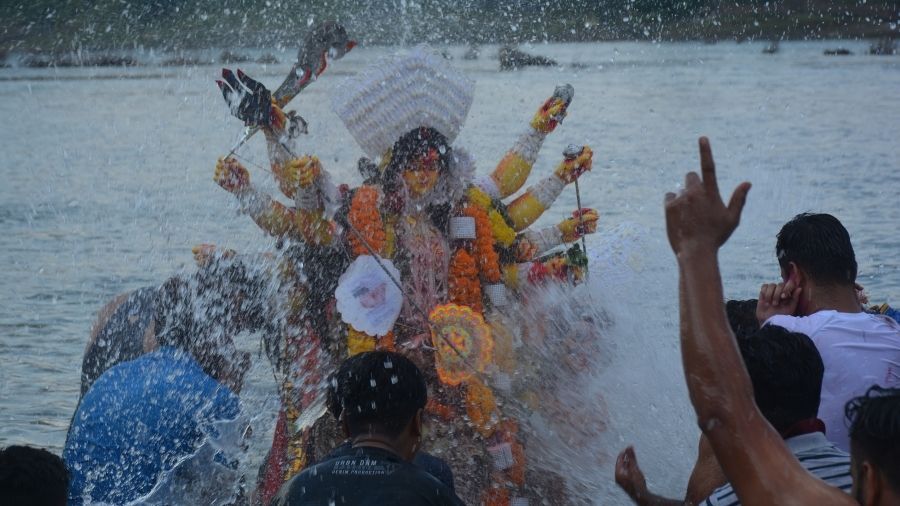
The immersion of the Durga idol is a deeply symbolic and spiritual tradition that intertwines mythology, environmental awareness, and emotional connection. It represents the eternal cycle of life, the return to nature, and the continuity of divine protection. While modern challenges call for a more sustainable approach to the ritual, the essence of this age-old practice remains rooted in the worship of nature and the cyclical balance of creation and dissolution.



